
Several times, in different article comments, I’ve written that Nikon needs new naming nomenclature for their DSLR cameras. The only line that still makes sense is the Pro line – now expanded with the new Nikon D6, but more about that later. At some point, about 10 years ago, it all started to look messy and out of logic. Yet, if you think about it, it started messy from the beginning.
Some history
From 1999 to 2007 we had D1 and D2 series as Professional models, then D100 and D200 as Advanced cameras, followed by D70 and D80 – Mid-range. D50 and D60 were forming the Upper-Entry wing, then D40 was the Entry level camera. Till that moment they all were APS-C cameras. Are you confused already… so do I. However, I think this all comes to an end as the DSLR line is slowly fading away and they won’t need any more letters and numbers to continue forward. Simply because they won’t… continue forward.
Yesterday, Nikon released their new flagship – Nikon D6, and the photography world is pretty much “speechless”. Let’s take a brief look at the specifications and then comment on them.
Nikon D5 vs. D6
| Nikon D5 | Nikon D6 | |
| Eff. Pixels | 20.8 million | 20.8 million |
| Sensor Size | 35.9 mm x 23.9 mm | 35.9 mm x 23.9 mm |
| Sensor Format | FX | FX |
| Shooting Speed | 12 frames per second 14 fps (mirror up) | 14 frames per second |
| ISO | 100 – 102,400 | 100 – 102,400 |
| Lowest ISO | Lo-1 (ISO 50 equivalent) | Lo-1 (ISO 50 equivalent) |
| Highest ISO | Hi-5 (ISO 3,280,000 equivalent) | Hi-5 (ISO 3,280,000 equivalent) |
| Movie | 4K UHD / 30 fps Full HD / 60 fps | 4K UHD / 30 fps Full HD / 60 fps |
| Monitor Size | 3.2 in. diagonal | 3.2 in. diagonal |
| Monitor Type | Touch TFT-LCD | Touch TFT-LCD |
| Batteries | EN-EL18a | EN-EL18c |
| Card Slots | 2 XQD or 2 CompactFlash | 2 CFexpress (Type B) or 2 XQD |
| Viewfinder Frame Coverage | FX (36×24): 100% horizontal and 100% vertical (Approx.) | FX (36×24): 100% horizontal and 100% vertical (Approx.) |
| Viewfinder Magnification | 0.72x | 0.72x |
| Shutter Speed | 1/8000 to 30 sec., Bulb, Time, X250 | 1/8000 to 30 sec., extendable to 900 sec. in mode M; Bulb; Time; X250 |
| Flash Sync Speed | Up to 1/250 sec. | Up to 1/250 sec. |
| Self-Timer | 2, 5, 10, 20 sec. | 2, 5, 10, 20 sec. |
| Autofocus System Type | 153 focus points (including 99 cross-type sensors and 15 sensors that support f/8) | 105 focus points, all of which are cross-type sensors and 15 of which support f/8 |
| Sensor Module | Multi-CAM 20K | Multi-CAM 37K |
| Detection Range | -4 to +20 EV | -4.5 to +20 EV |
| Monitor Size | 3.2 in. diagonal | 3.2 in. diagonal |
| Monitor Resolution | 2,359,000 Dots | 2,359,000 Dots |
| Monitor Adjustments | Brightness, 5 levels | Brightness, 11 levels |
| Wi-Fi, GPS, Bluetooth | Yes | Yes |
| Battery Life | 3,780 shots (CIPA) | 3,580 shots (CIPA) |
Other specifications
The rest of the specifications are the same for both models, that’s why I didn’t put all of them in this table. If you are interested to see all the details – here are the Full specifications for D5 and the Full specifications for D6 from Nikon USA website.

Usually with each new generation of their flagship camera Nikon has been showing some significant jump in technology and features. Although we have few improvements, you have to agree this looks more like an upgrade, rather than a new generation. Is it because Nikon’s focus is now entirely on the mirrorless cameras? Maybe… I personally think that Nikon does not want to spend more time and money on R&D on the DSLR field and they will be releasing minor upgrades for the remaining few generations of DSLRs. I doubt they will ever invest money to release some amazing new glass for DSLR cameras either. We all see that their mirrorless lenses are very sharp and beat the DSLR analogs. This is true even with the amazing 70-200mm f/2.8E FL lens (currently $653 off on Amazon), as the new mirrorless version is even better.
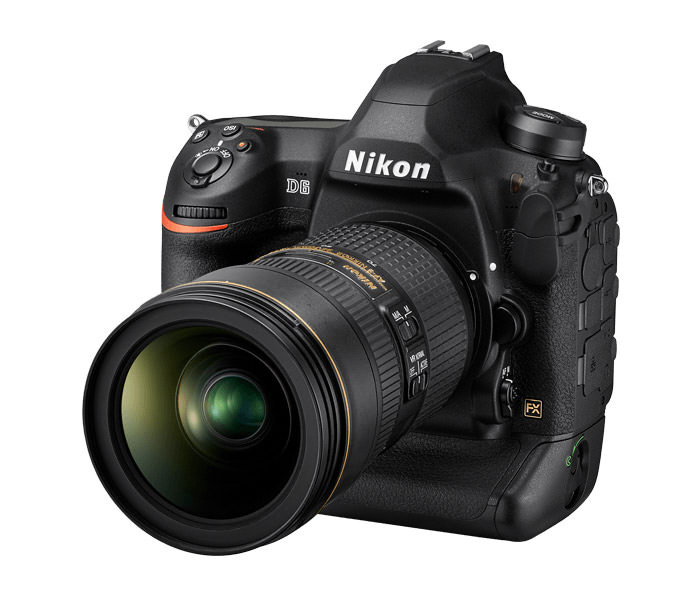
D6
Back on D6 – with this release I think Nikon can only target current D5 owners, heavily invested in Nikon glass. If they want to upgrade, their only choice is to pay for such an upgrade even if it is for smaller, incremental updates. If someone starts with a new system I think Canon’s 1Dx Mark III is far better choice, especially for video, and also Sony’s A9II, which costs $2000 less.
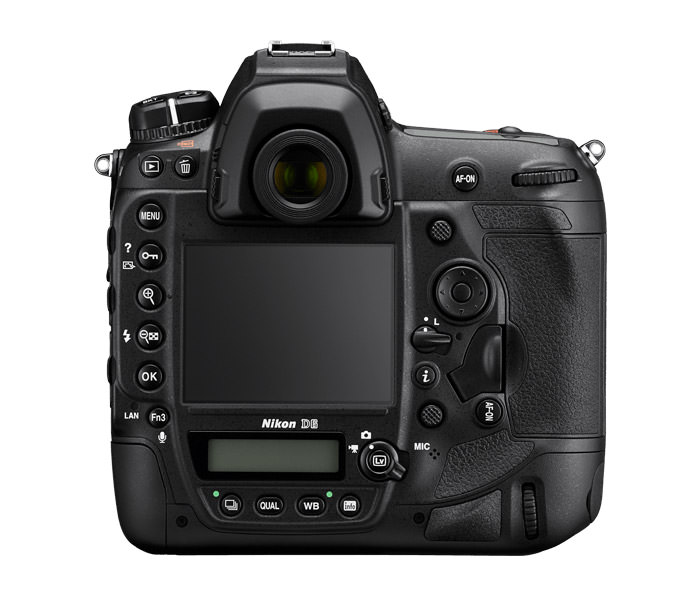
I’m asking myself the question – how confused are Nikon this time? Do they know where they stand? Do they have a clear path and plan for the future? They should. But it sounds to me that they are more and more disconnected from reality. I want them to prove me wrong and release some exciting new cameras and lenses for the mirrorless line, but so far what I see is copying Sony.
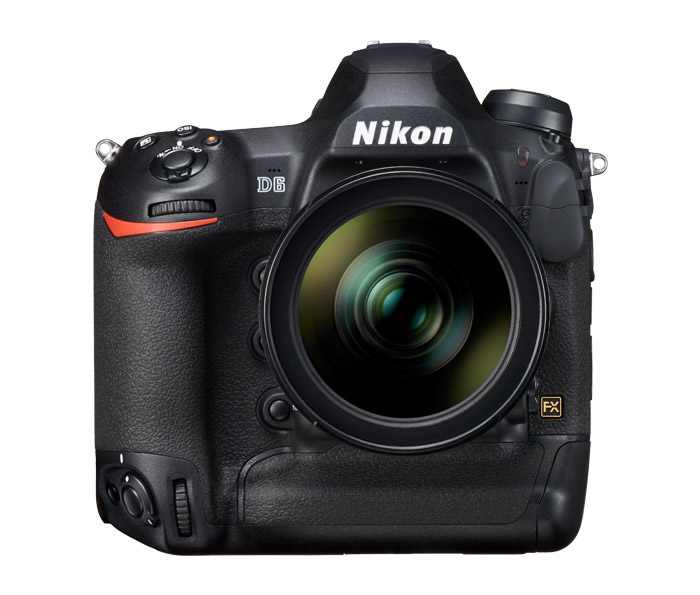
What about the Nikon DSLR cameras?
On the DSLR line – I think we are seeing the last generation of DSLR cameras. I seriously doubt that Nikon will ever release D7 – most probably that will be Z1 or whatever number they pick for their new Pro line. In fact F6 was their last film SLR camera, which is still selling today brand new for $2,549.
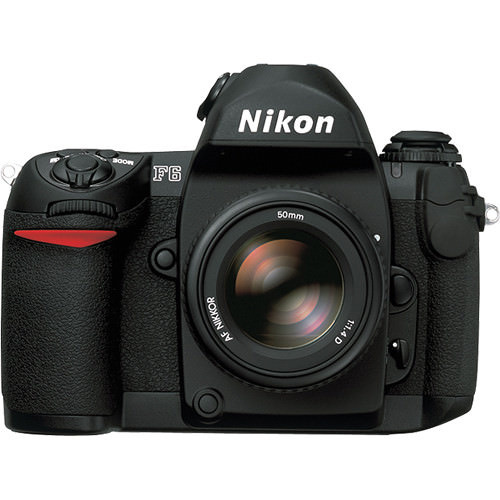
I can speculate here that we will see one last D850 update – D880 or D900. D750 just got an upgrade with the excellent D780. Being quite a nice upgrade and probably the only Nikon DSLR that will be widely used by event and wedding photographers. Still, I will be surprised to see D790 because Nikon already implemented some mirrorless technology into that camera, and to progress further they have to add more, which practically will turn it to a mirrorless camera itself. Going down on the line I think we won’t see any D610 upgrade.
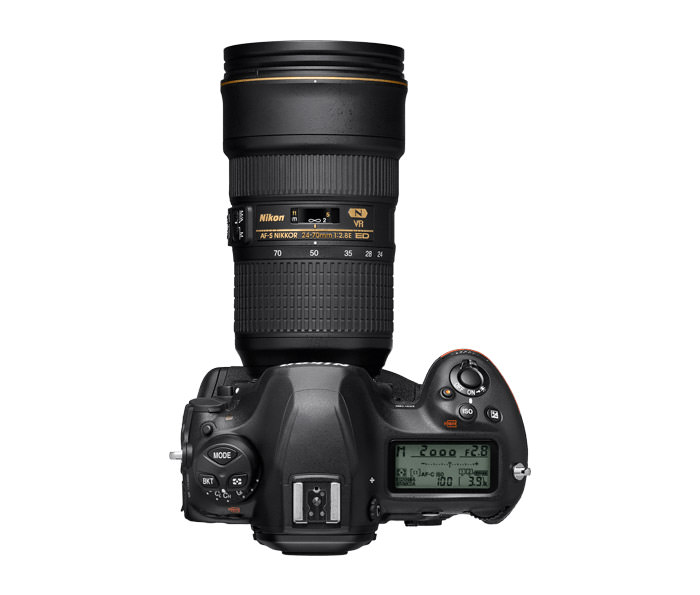
About the APS-C line – we may see one or two generations in the next year, but after that we have the relatively successful Z50 I don’t think Nikon will put too much effort in renewing any of the current DSLR lines. They most probably will be either minor upgrades or a mix of features borrowed from the mirrorless cameras, similar to D780.
The question!
The big question is this: Does Nikon have a clear plan of what to do next? So far they look very confused to me. For example – they advertised the new Z-mount as one of the biggest advantages of the mirrorless cameras. And the result – a bunch of f/1.8 and f4 lenses with one 0.95 manual focus lens, that weighs a ton and costs $8,000. While Sony with the smallest mount, firstly designed for APS-C format still perfectly fits all amazing GM lenses. Then the bodies – Nikon copied exactly Sony’s A7R and A7 series with their Z7 and Z6 cameras. Nothing innovative, nothing to wow us. In contrast, Canon released first some amazing Pro level f1.2 and f2 lenses, and now we are expecting a very interesting EOS R5.
What’s next?
I was a Nikon shooter for a long time. But I feel that Nikon are confused about their future. They need to send clear messages to their customers – both DSLR and mirrorless – what their plans are, what will be the destiny of the DSLR, for how long people can rely on Nikon’s support about that system, and when to make plans to switch. For the mirrorless system they need to make new series with a new naming system so we know which one is exactly what – not sure if Z6 and Z7 make it clear of what they represent. What will be the name of a new flagship camera (lie D6) for example? Z1? Z5, Z8 or Z9 (similar to Sony A9)? Then we have the APS-C camera Z50 – but what is it – a replacement of D7500? D500? Or D5000 series? Would Z30 be the new lowest end camera from Nikon? Or will they start a new Zx000 series? All answers that Nikon has to answer first. Then it will be our turn. Hopefully it won’t be too late for Nikon.




